Walking the City Walls of Dubrovnik, Croatia
Stretching over two kilometres, the City Walls of Dubrovnik (“Dubrovacke Zidine”) are the city’s undisputed claim to fame. Boasting resplendent views of the glittering Adriatic Sea and a canopy of orange-tiled roofs, the city walls reach a height of 25 metres. In fact, it’s said that the city walls are the reason for Dubrovnik being nicknamed ‘The Pearl of the Adriatic’!
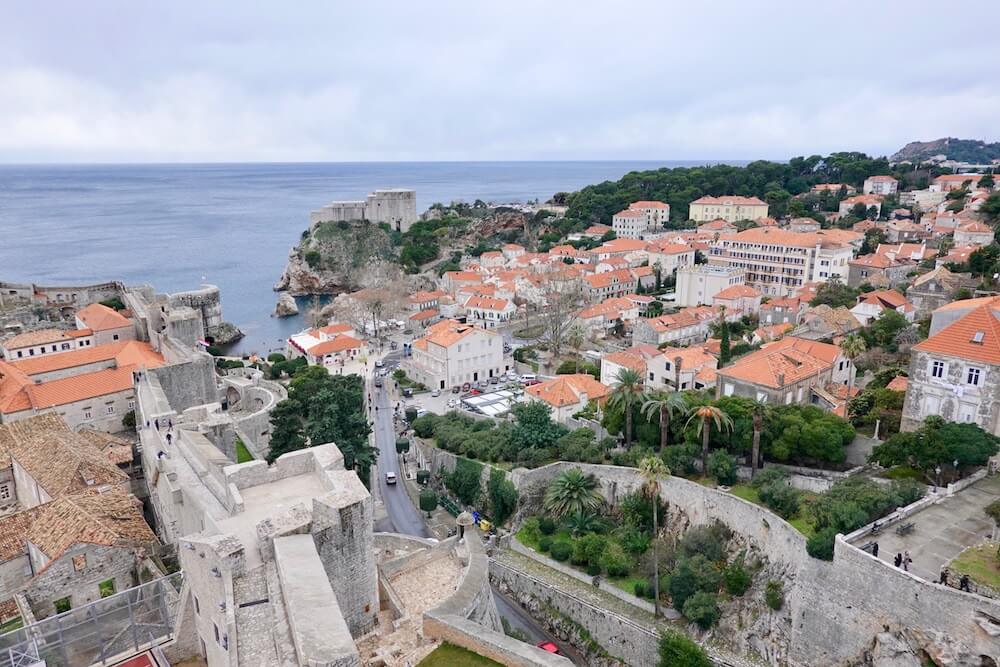
Built between the 12th and 17th century, the walls comprise 16 towers of varying sizes. There are 4 main corners – Pile gate at the southwest corner, Minceta Tower at the northwest corner, Revelin Fortress at the east corner and St John’s Fort overlooking the harbour at the southeast corner.
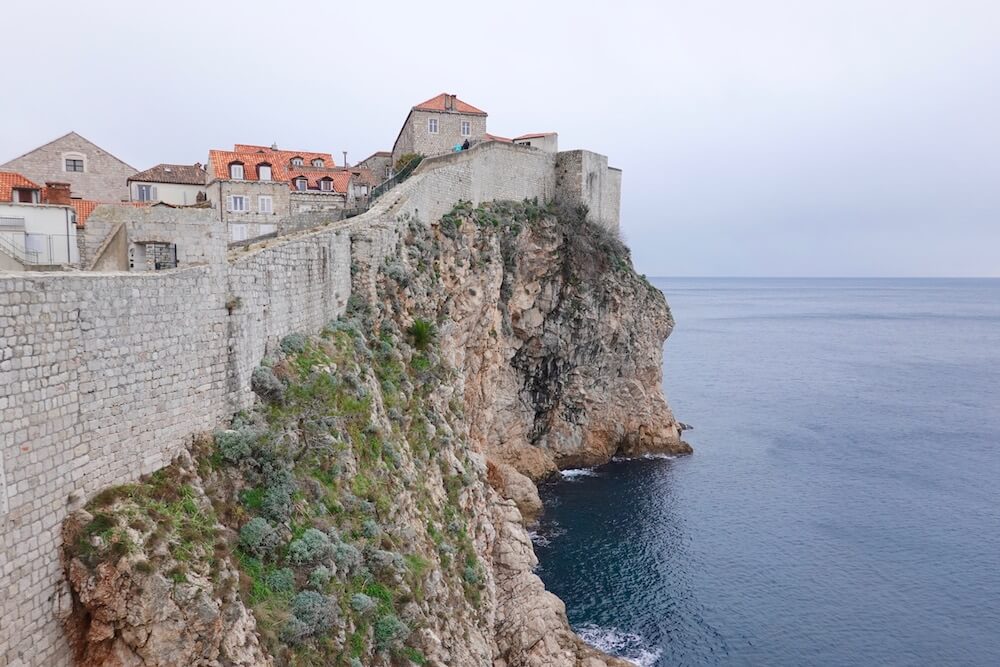
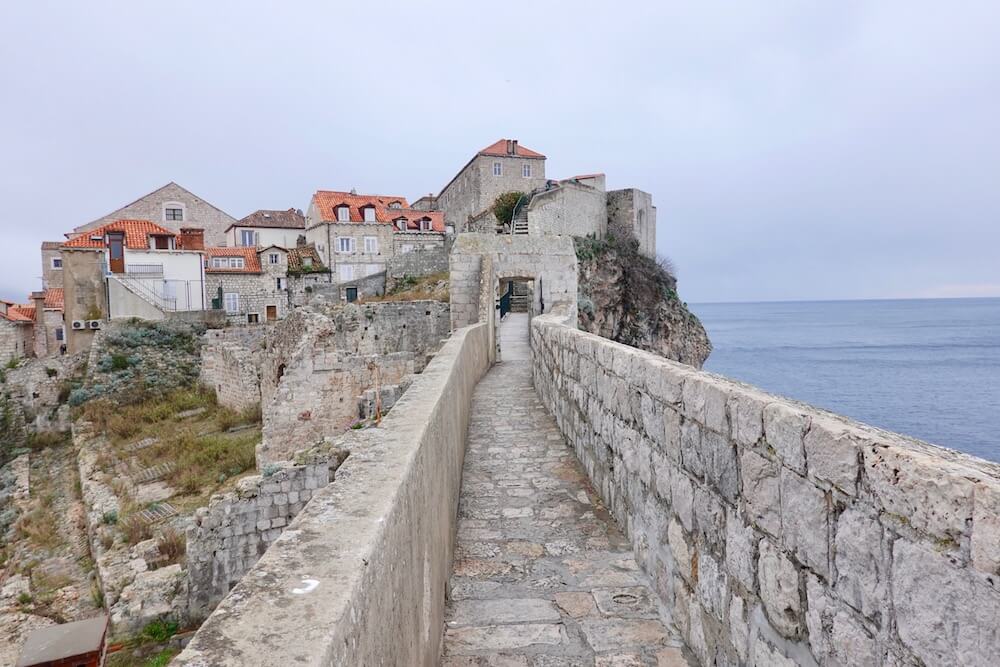
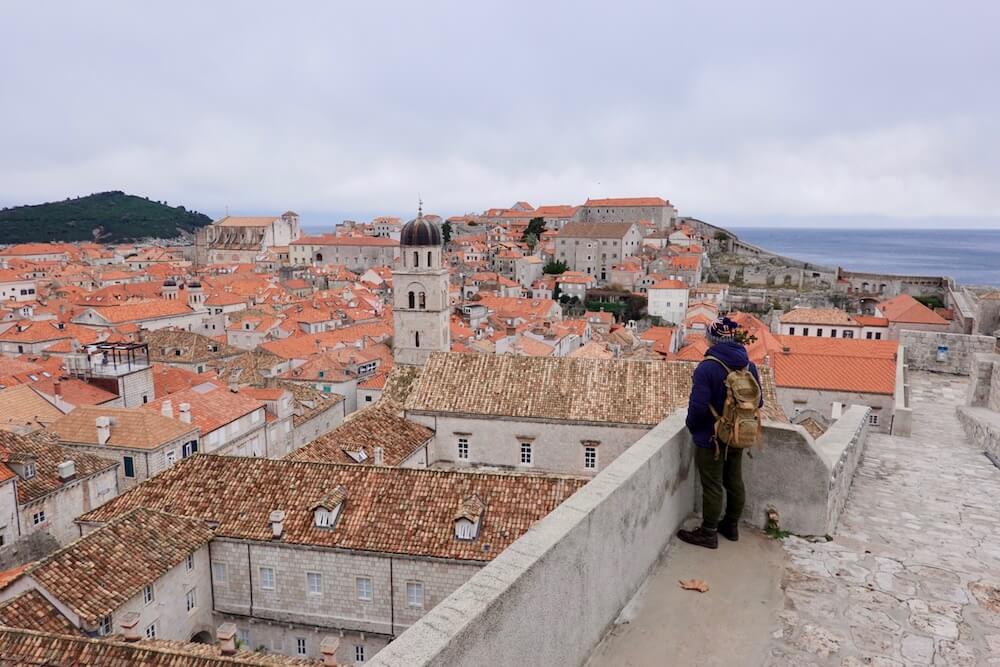
The walls have truly withstood the test of time, surviving attacks by Austrian and British troops. The last attack was in 1992 by Yugoslav forces.
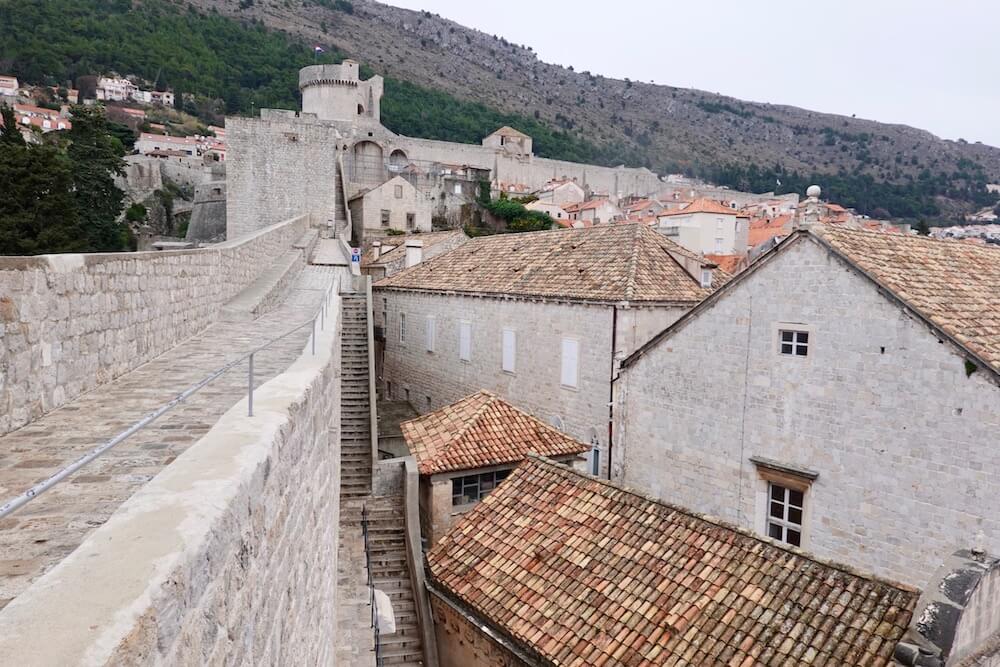
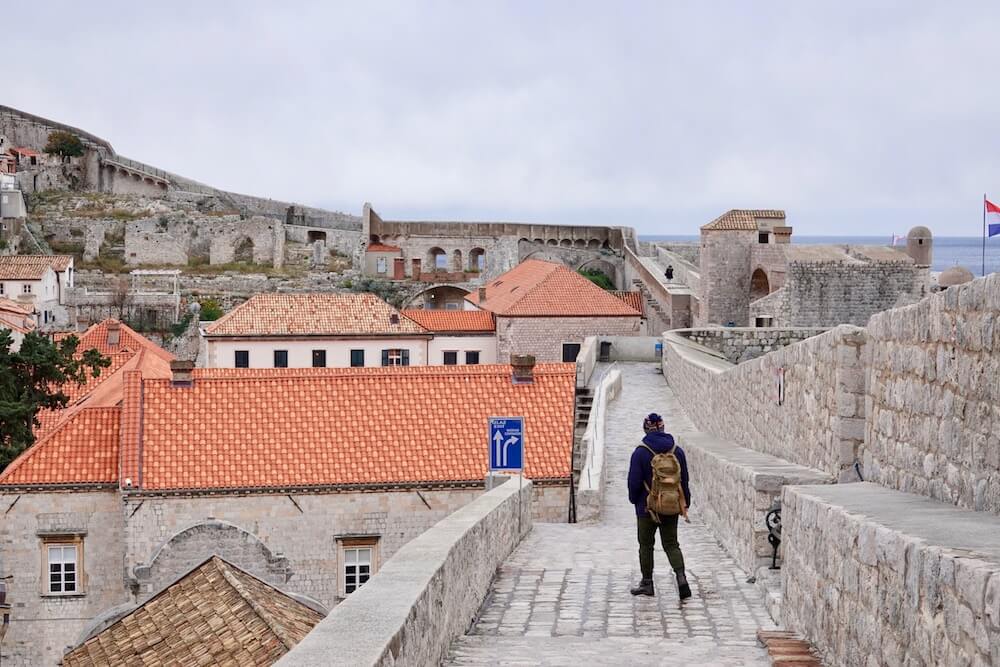
The walls can be entered from three places – near the Pile Gate, the Ploce Gate and the Maritime Museum – and all visitors will have to traverse the walls in a clockwise direction. Do note that your ticket is only valid for a one-time entry; should you not wish to walk the entire route, you can exit the walls from any of the gates but will not be allowed back in.
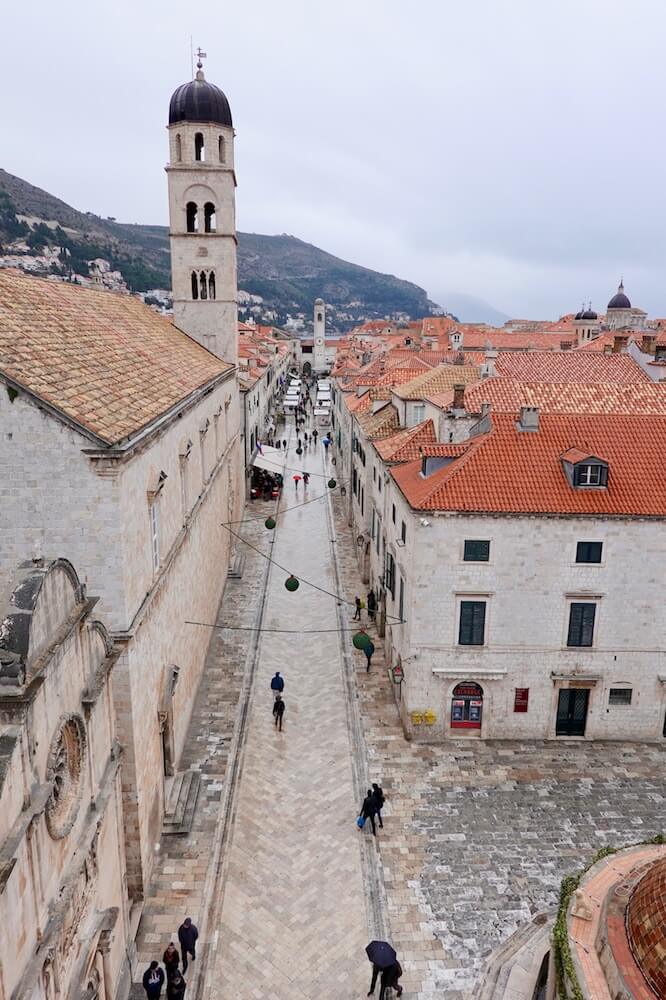
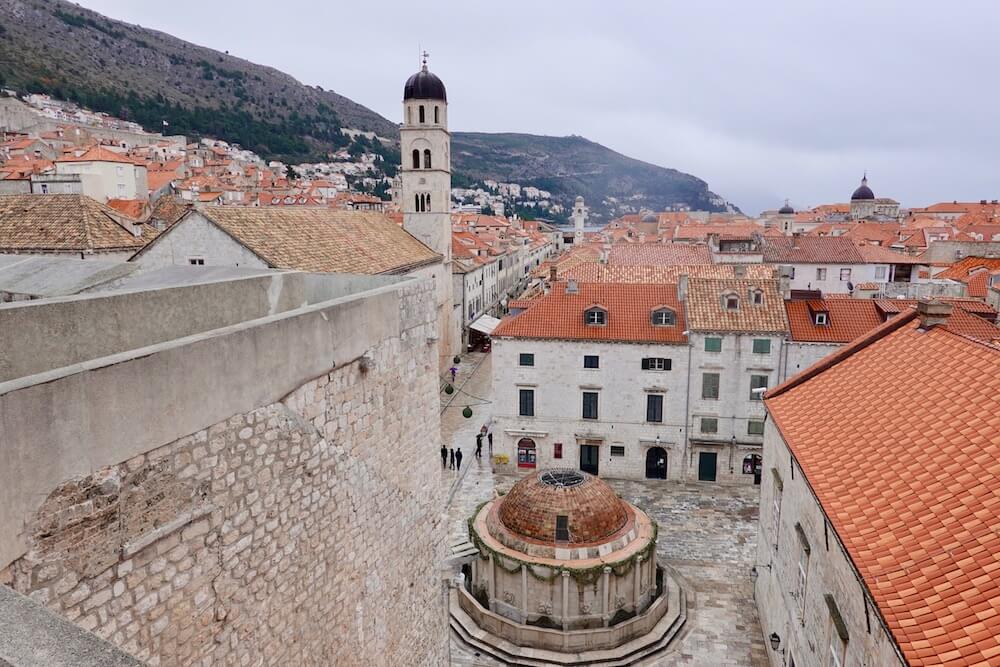
I bought my ticket at the ticket office next to the Pile Gate, which is at the west corner of the walls. Do remember to hold onto your ticket throughout your walk – you’ll need to show your ticket stub to gain access to the different parts of the walls. Once you’ve climbed up to the walls, enjoy an aerial view of the main Stradun street and the dome-shaped Onophrian fountain.
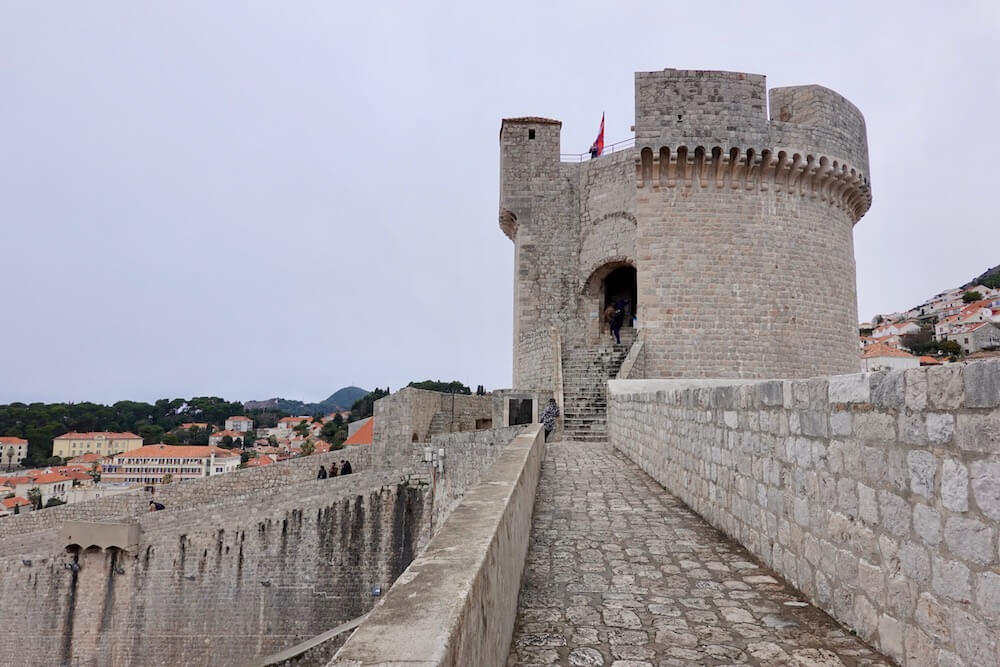
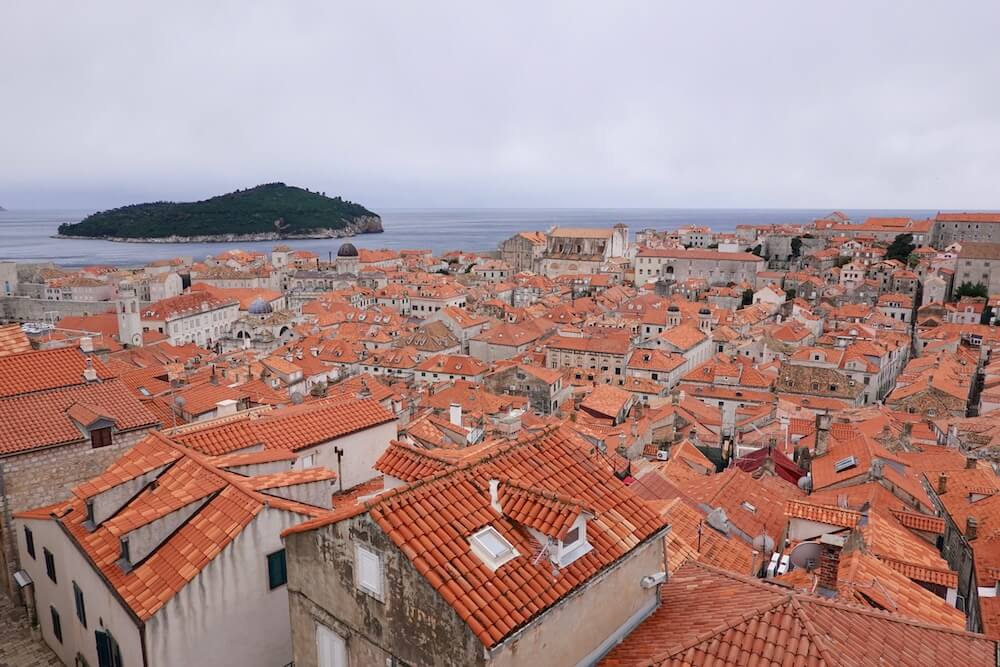
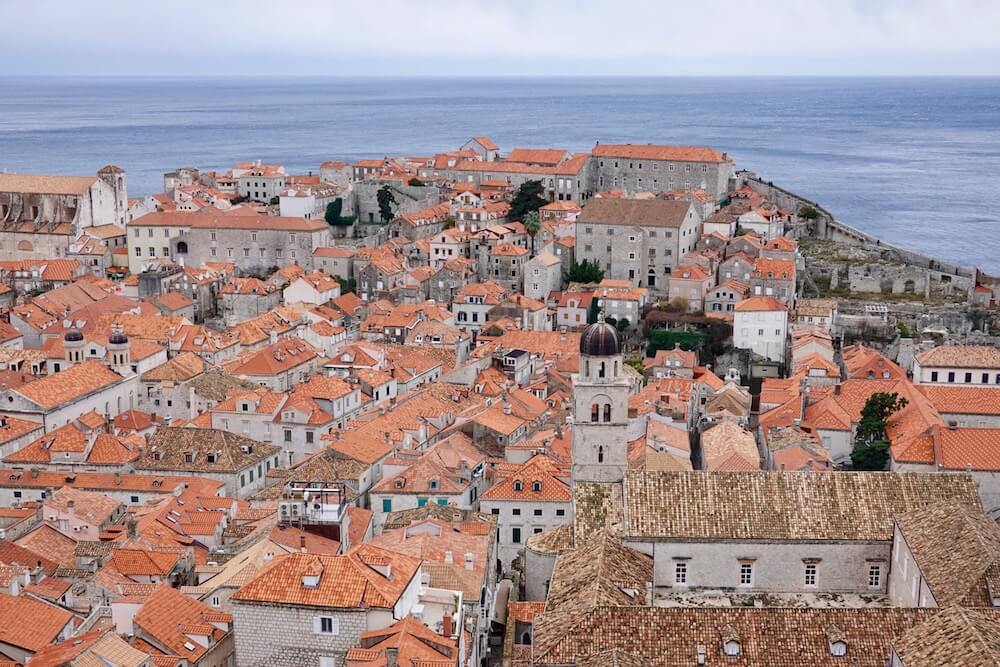
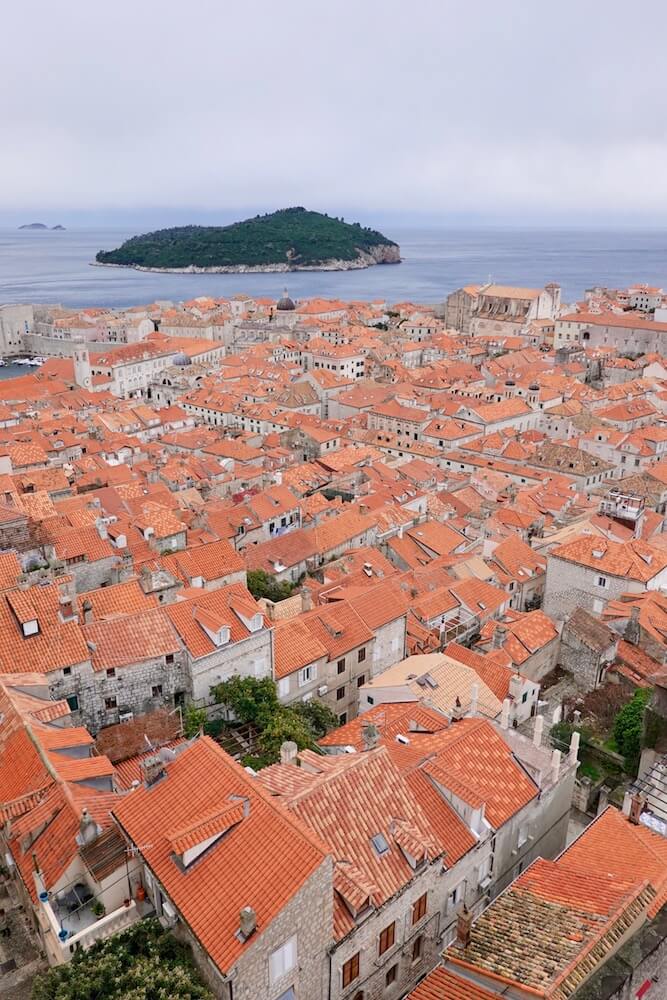
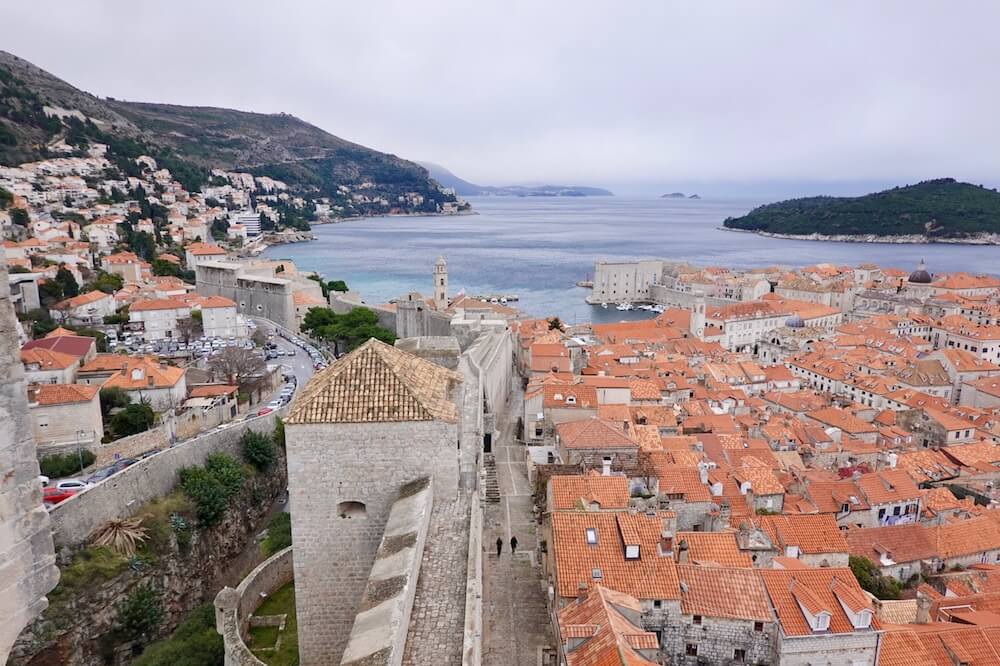
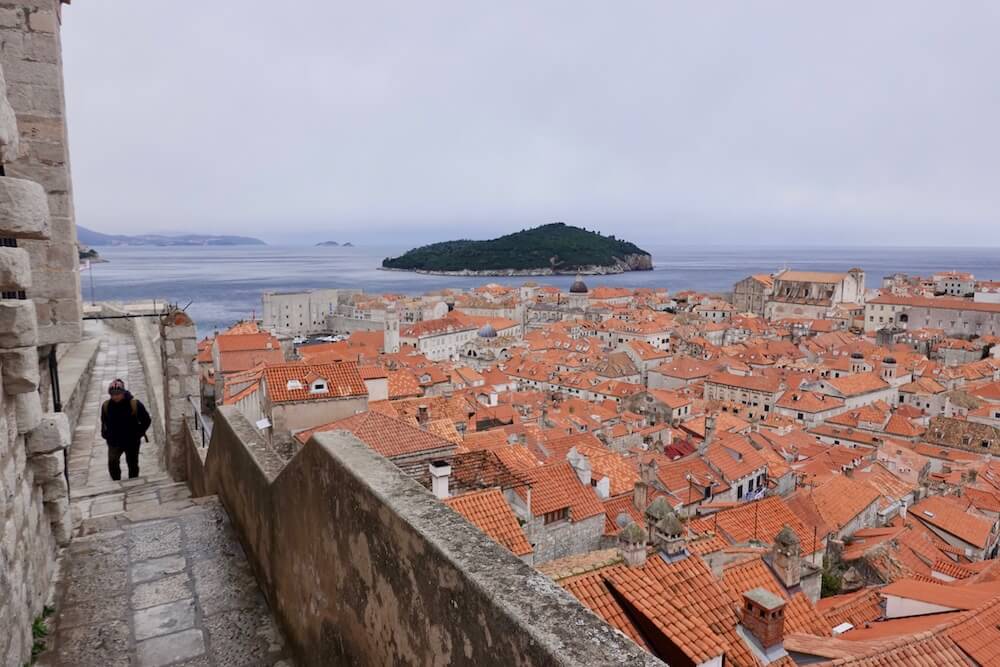
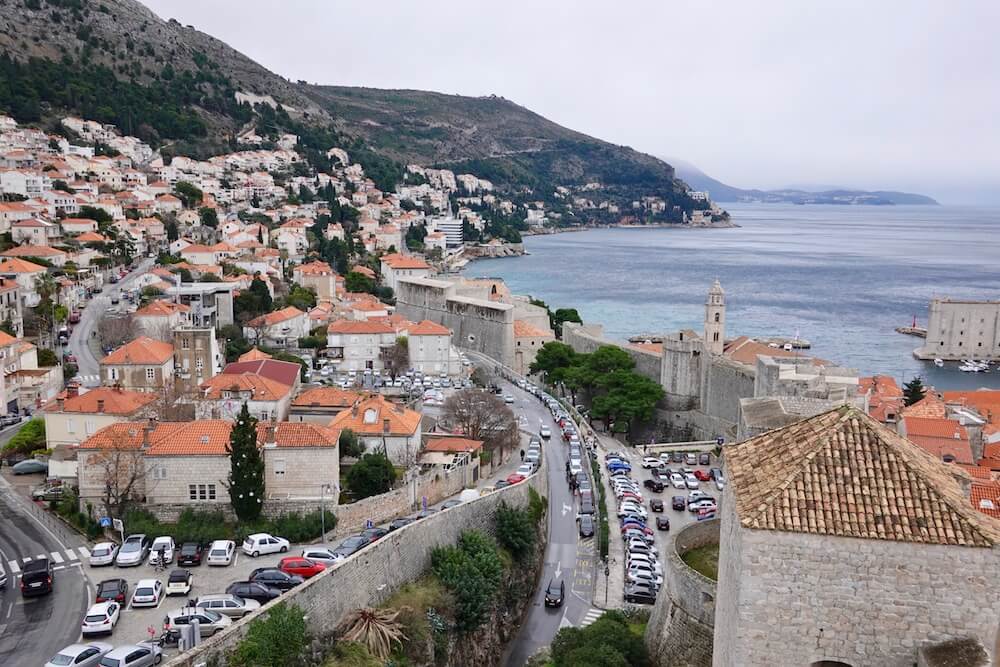
The northwest corner is home to the Minceta Tower, which is the highest point of the city walls. Built in the 14th century, the walls of the fortress are the thickest at 6 metres. Feast your eyes on incredible views from here!
The north side of the walls will also give you spectacular views of the Old Town against the backdrop of the Adriatic Sea.
Read: Exploring the Old Town of Dubrovnik, Croatia
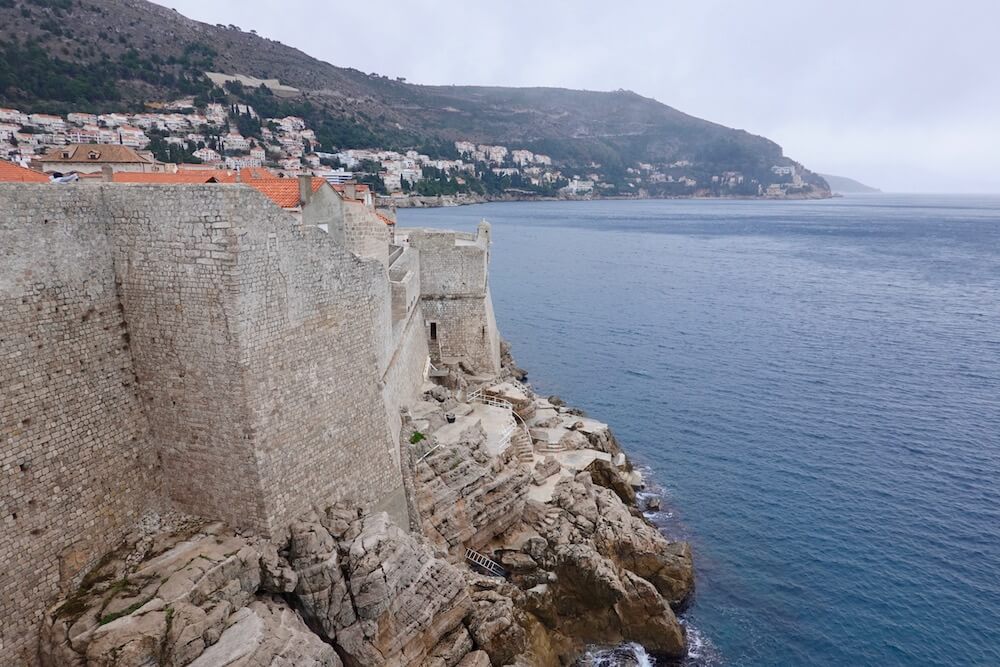
The south side of the city walls offer an obstructed view of the Adriatic Sea and Lokrum Island, which is located 600 metres off the coast. In the summer, Fort Bokar is also home to a bustling bar right by the ocean.
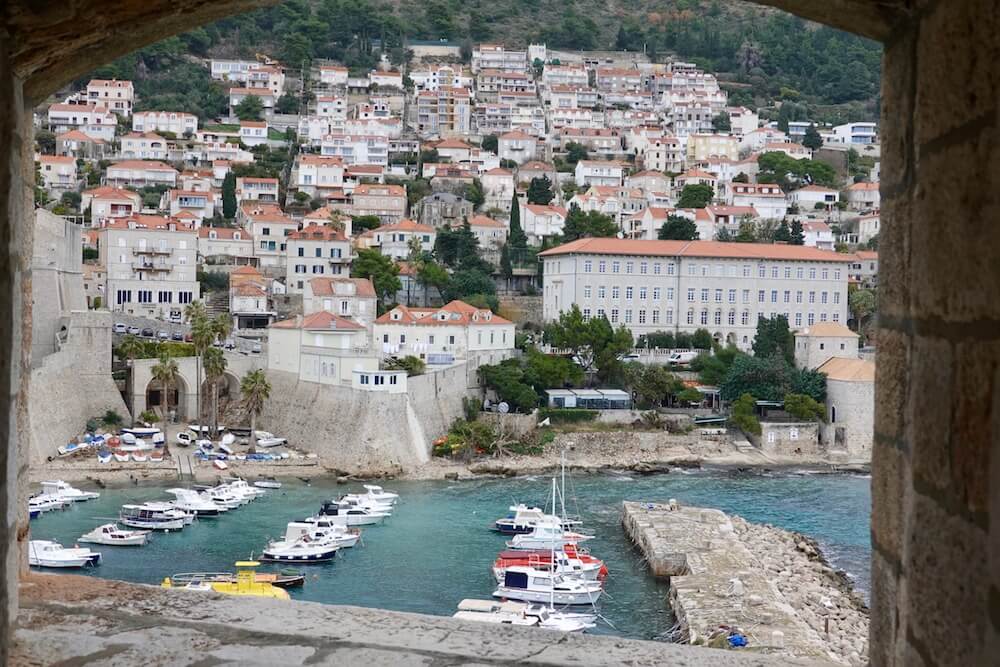
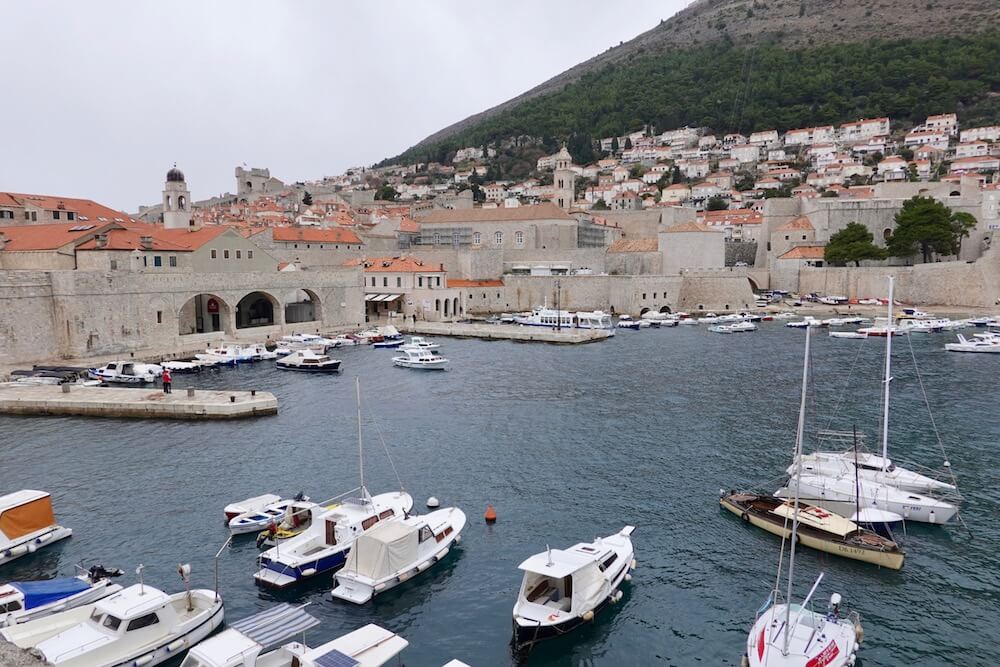
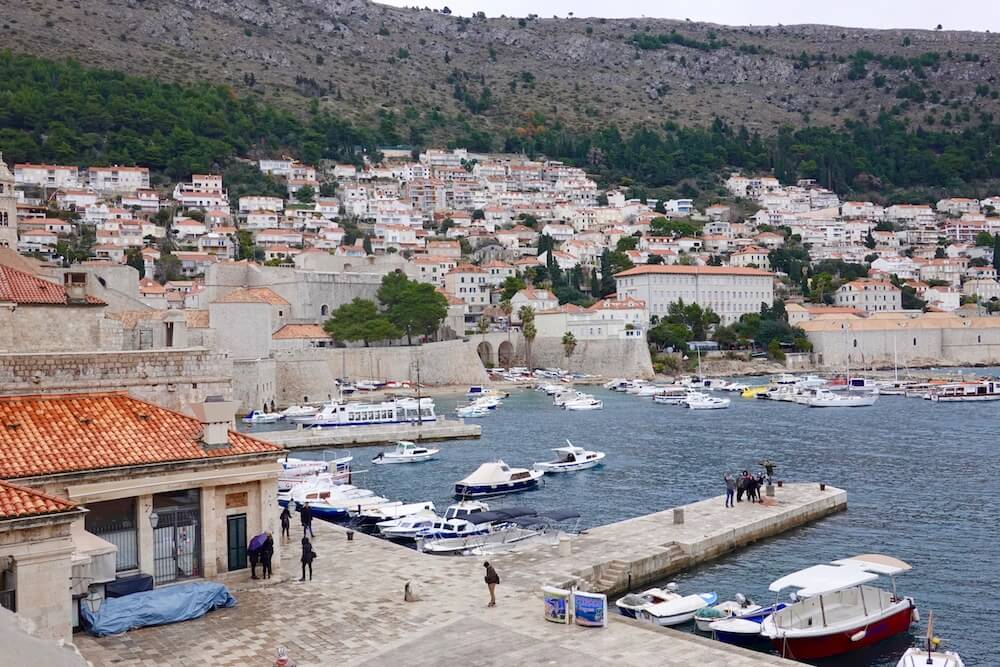
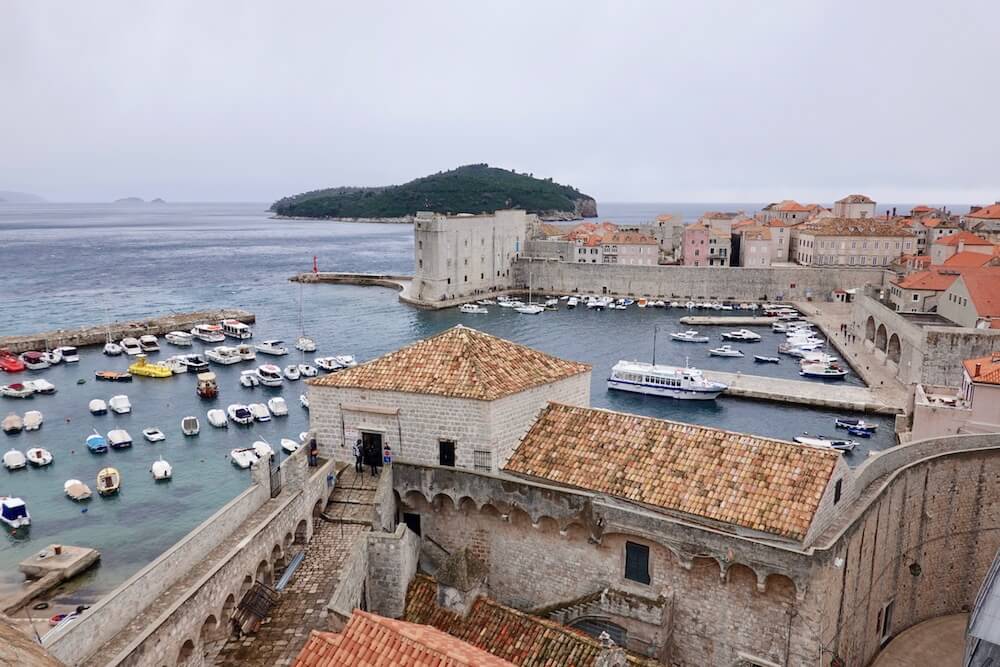
The east side boasts a splendid view of the harbour, which is normally packed with boats. Previously one of the busiest ports in the Adriatic back in the Middle Ages, the harbour is where you can take a boat to the nearby Lokrum Island.
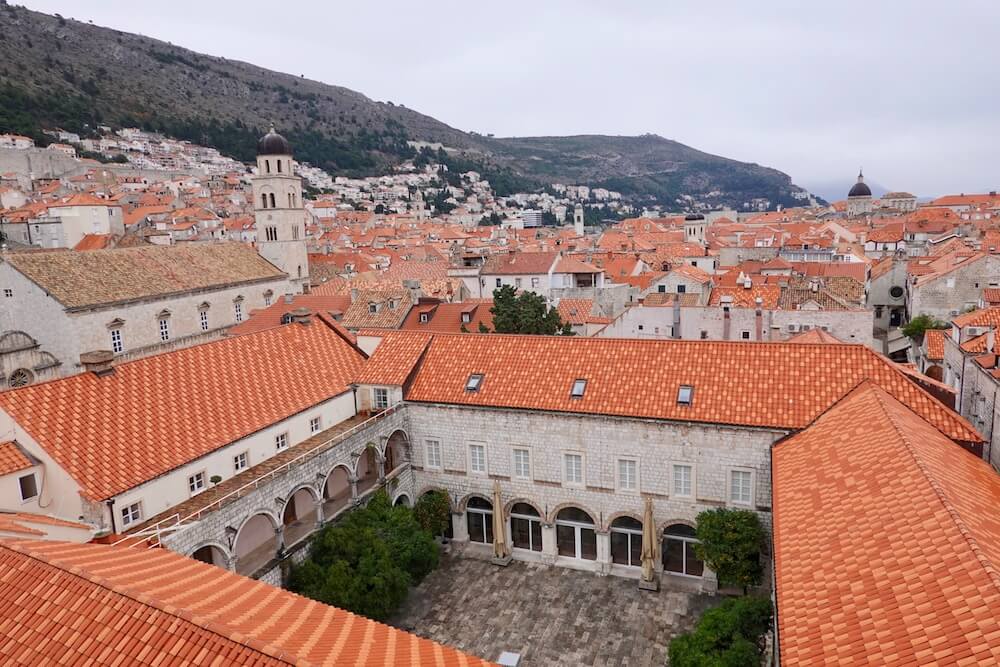


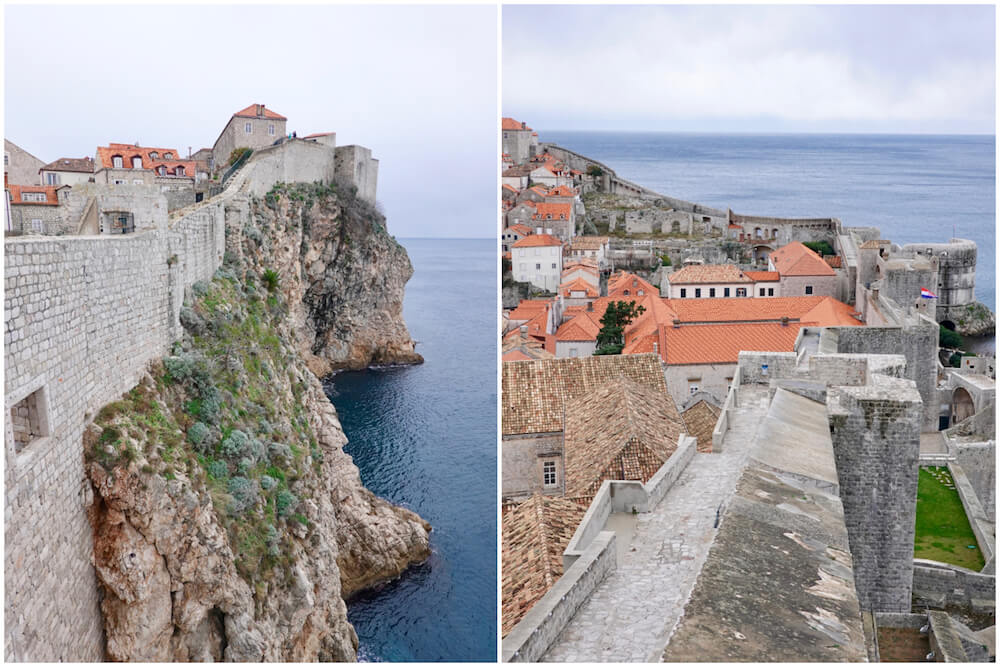
Views from the city walls are basically picture-perfect in every direction!
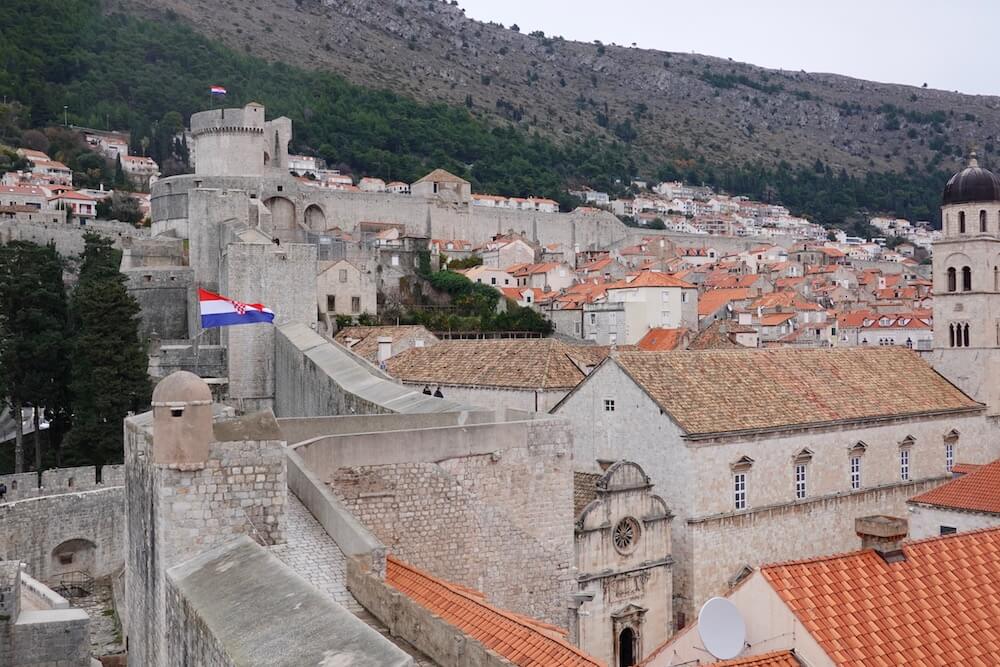
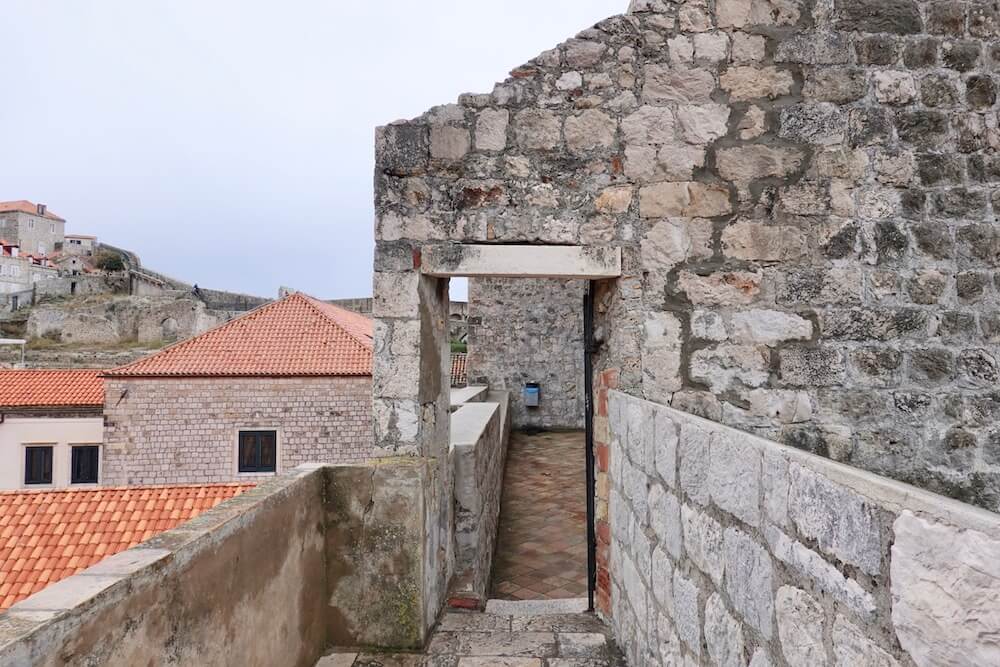
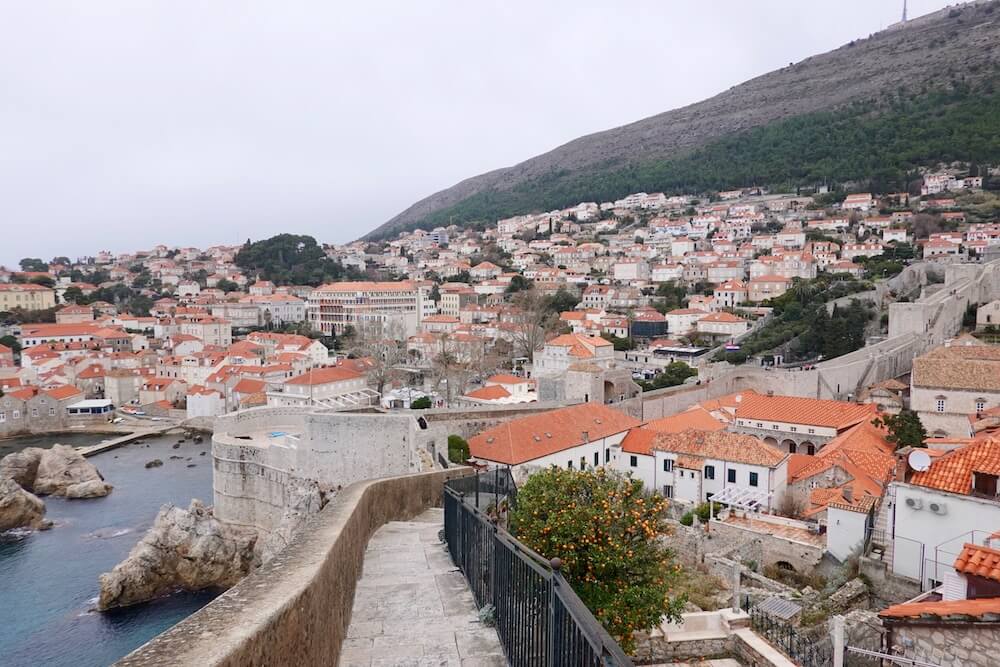
The walk can be rather tiring on a sunny day, especially since it contains about 1000 steps. Do remember to put on sunscreen as there’s almost no shelter along the way.
It’s easy to explore the Dubrovnik City Walls by yourself but if you wish, there are plenty of guided tours to choose from. Fans of the ‘Games of Thrones’ television series will also be delighted to know that there are various tours that revolve around filming locations in Dubrovnik.
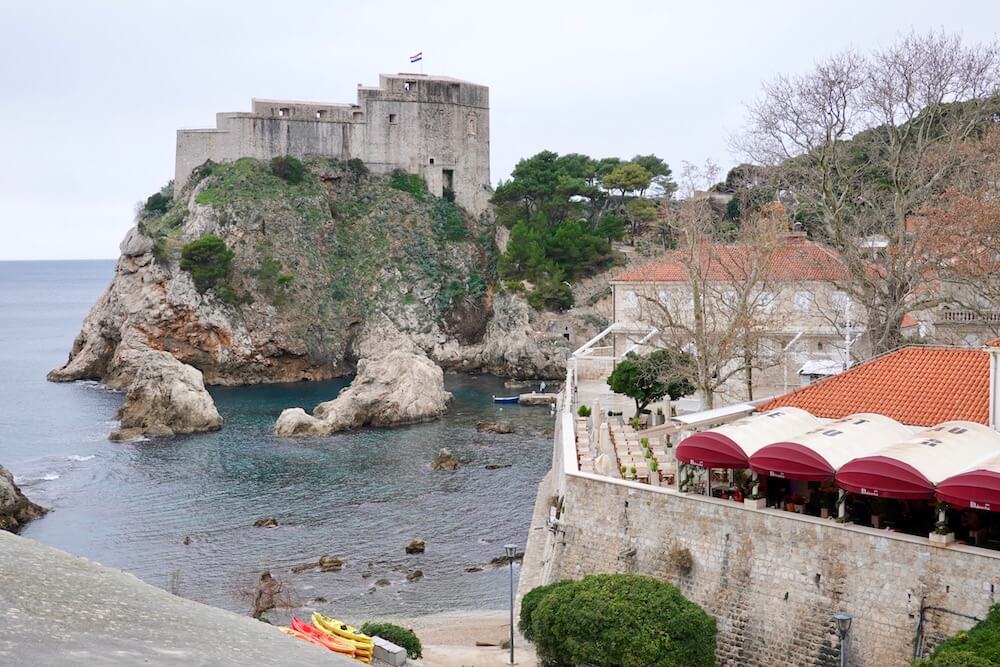
There are about 4 to 5 cafés located along the walls; however, these tend to be rather pricey. It’s best to bring your own water and snacks – if you run out of water, you can refill your bottle at the main Plie gate before embarking on the walk. There are plenty of toilets along the route as well.
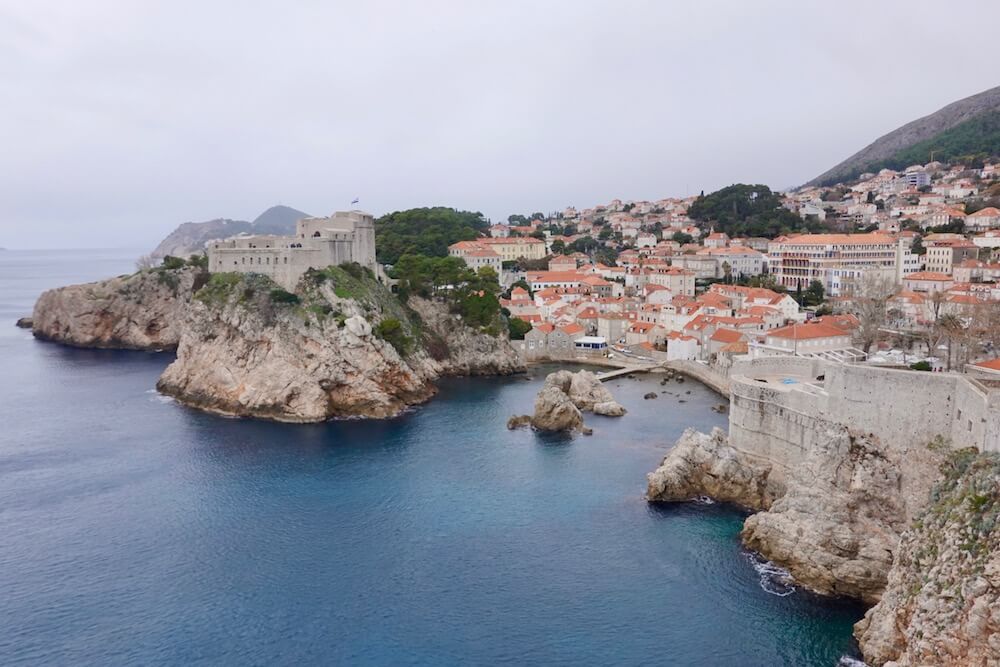
The city walls are Dubrovnik's most popular attraction and hence attract high footfall. This is especially so in summer! If you’re visiting during the high season, it’s best to check the schedule of cruise ships docking at Dubrovnik and avoid those days; it’s said that in the peak of summer, there can be 1, 000 people in Dubrovnik from cruise ships alone! And every single one of these people will be walking along the city walls.
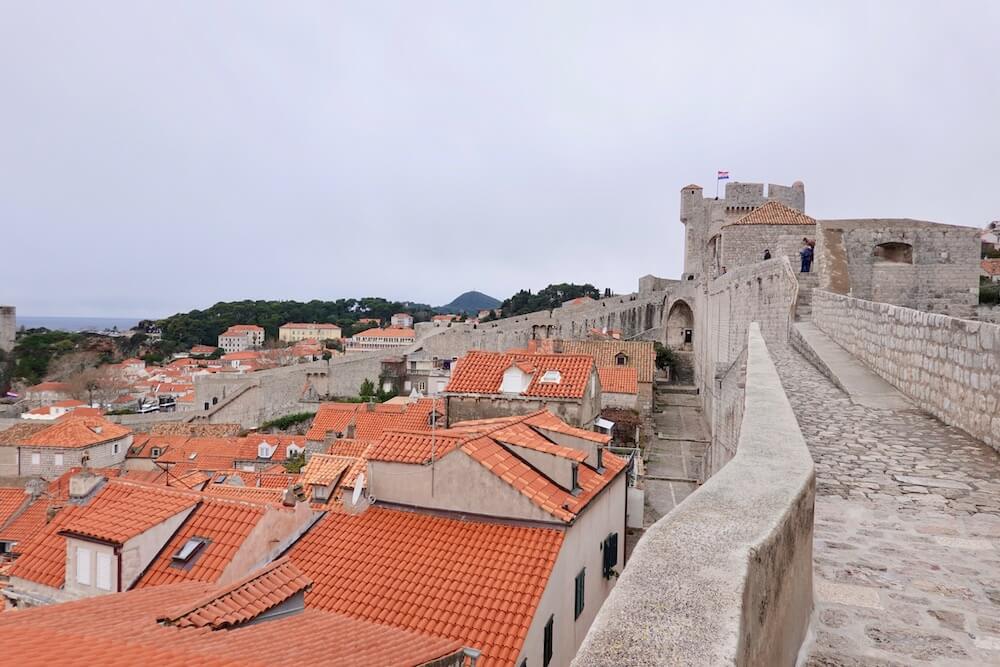
I visited during the low season and managed to enjoy the walls almost all to myself. You can also choose to visit the walls early in the morning (once they open!) or in the late morning for a more peaceful experience.
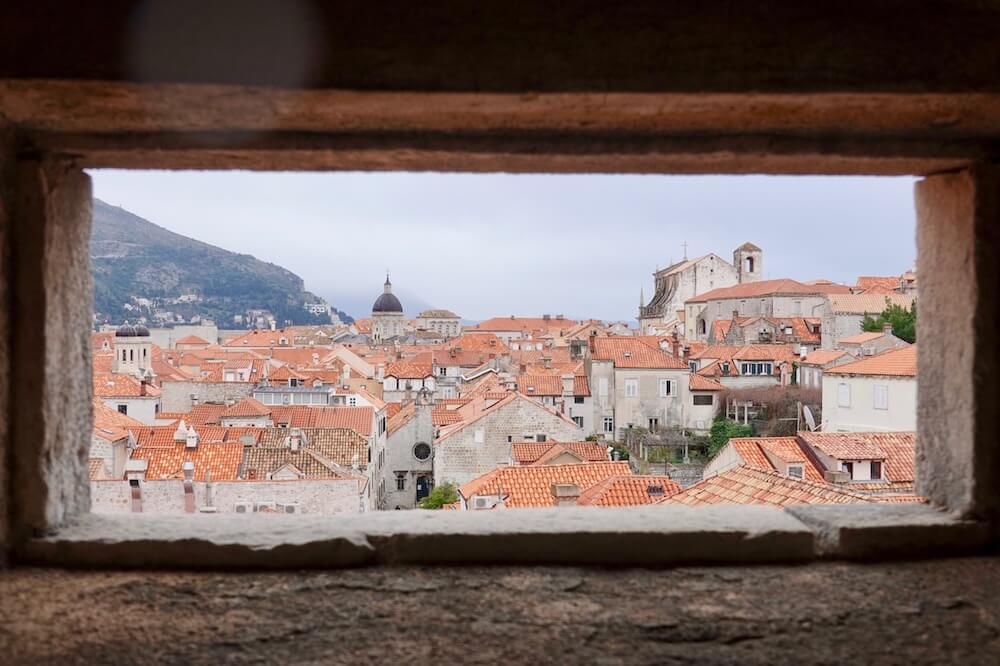
Tickets for the Dubrovnik City Walls cost HRK200 (~SGD42) per person, inclusive of entry to Fort Lawrence (also known as Lovrijenac Fortress). Alternatively, the Dubrovnik Card includes entrance to the city walls on top of public transportation or other museums and attractions. The Dubrovnik Card costs HRK250 (~SGD52) for 1 day or HRK300 (~SGD62) for 3 days, which might prove to be more value-for-money if you’re planning on visiting other attractions. If you buy the card online, you can save an additional 10%!
Opening hours of the City Walls also vary with the season:
- 1st April to 30th June: 10am to 5pm
- 1st July to 31st July: 8am to 730pm
- 1st August to 31st August: 8am to 7pm
- 1st September to 14th September: 8am to 6.30pm
- 15th September to 30th September: 8am to 6pm
- 1st October to 31st October: 8am to 5.30pm
- 1st November to 31st March: 9am to 3pm
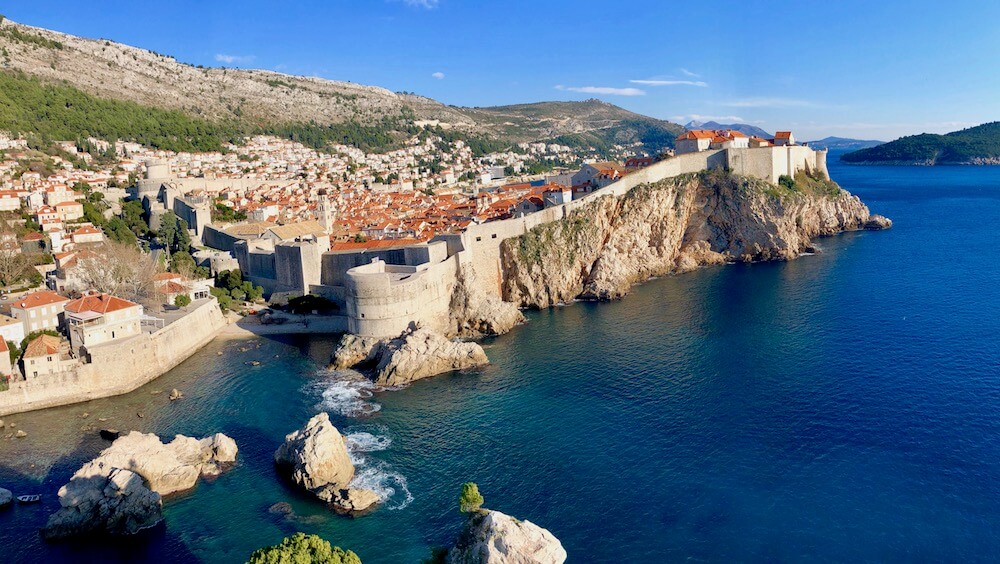
It’s good to check the weather before you embark; I explored the city walls on a cloudy day and was treated to marvellous views nevertheless. Luckily for me, the clouds cleared towards the end of my walk and here’s how gorgeous it looks on a sunny day!
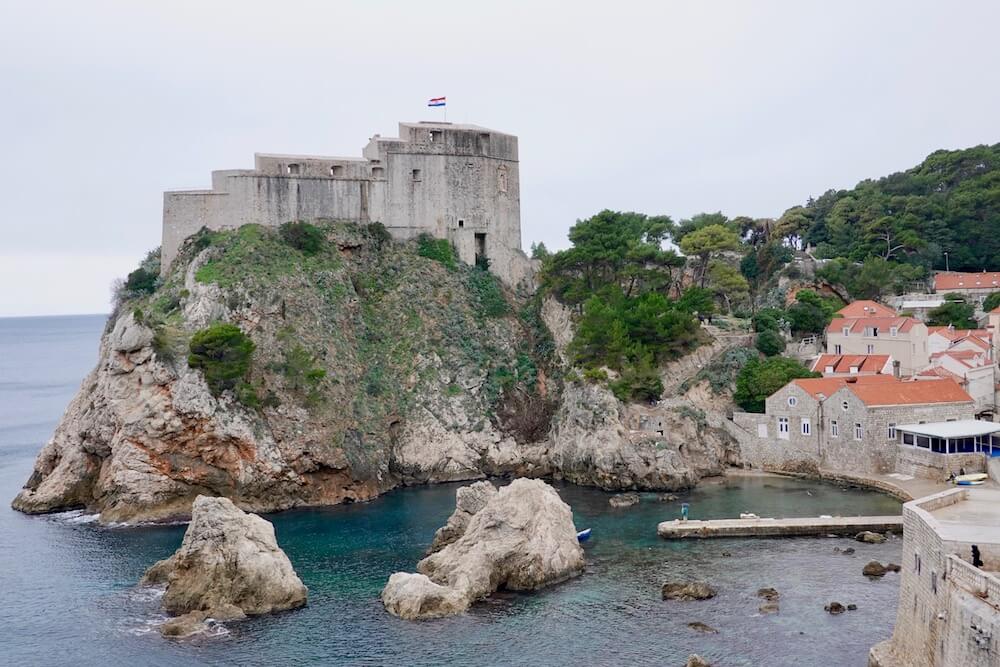
Your ticket also gains you entry to Fort Lovrijenac, which played an integral role in Dubrovnik’s defense strategy. Now, it acts as a theatre for the annual re-enactment of Shakespeare’s Hamlet.
An inscription above the gate of Fort Lovrijenac reads ‘Non Bene Pro Toto Libertas Venditur Auro’, which translates to ‘Liberty Should Not Be Sold At Any Price’. This motto adequately sums up Dubrovnik’s struggle against the past and how the fortification of the walls helped to keep the city and its citizens safe.
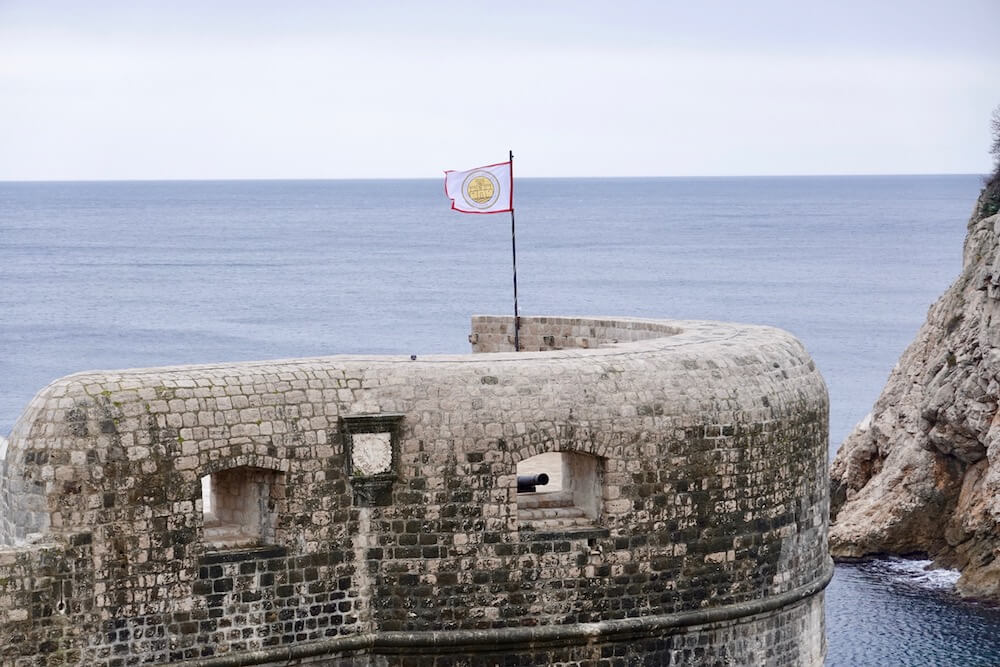
Do remember to set aside enough time to explore the walls fully – you’ll need about 1.5 to 2 hours to walk the circumference at a leisurely pace, inclusive of multiple photo stops.

0 Comments Add a Comment?